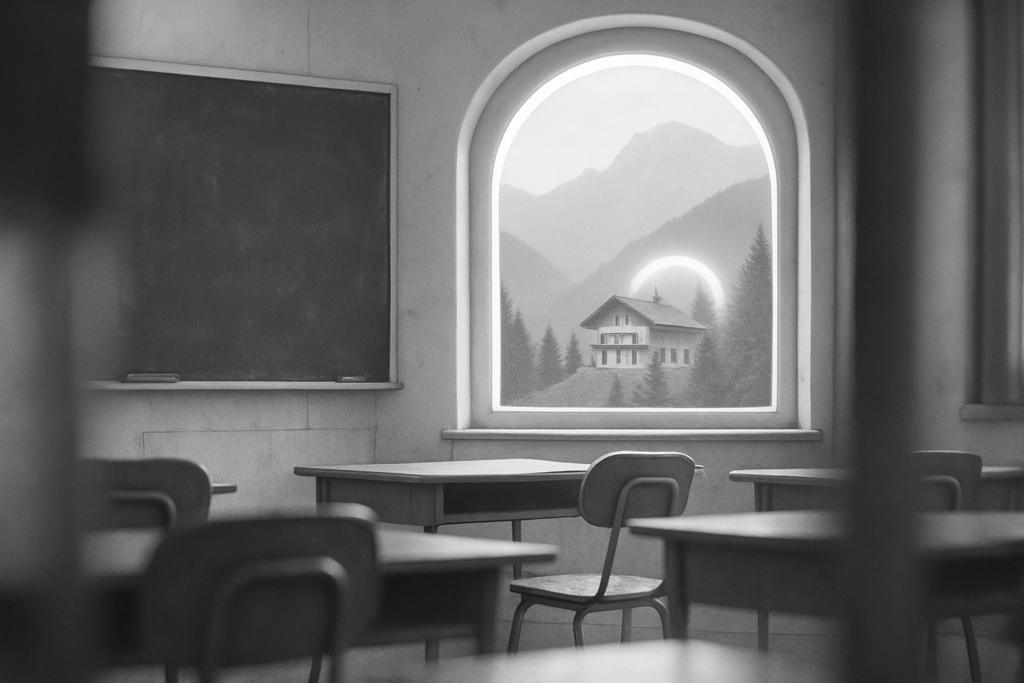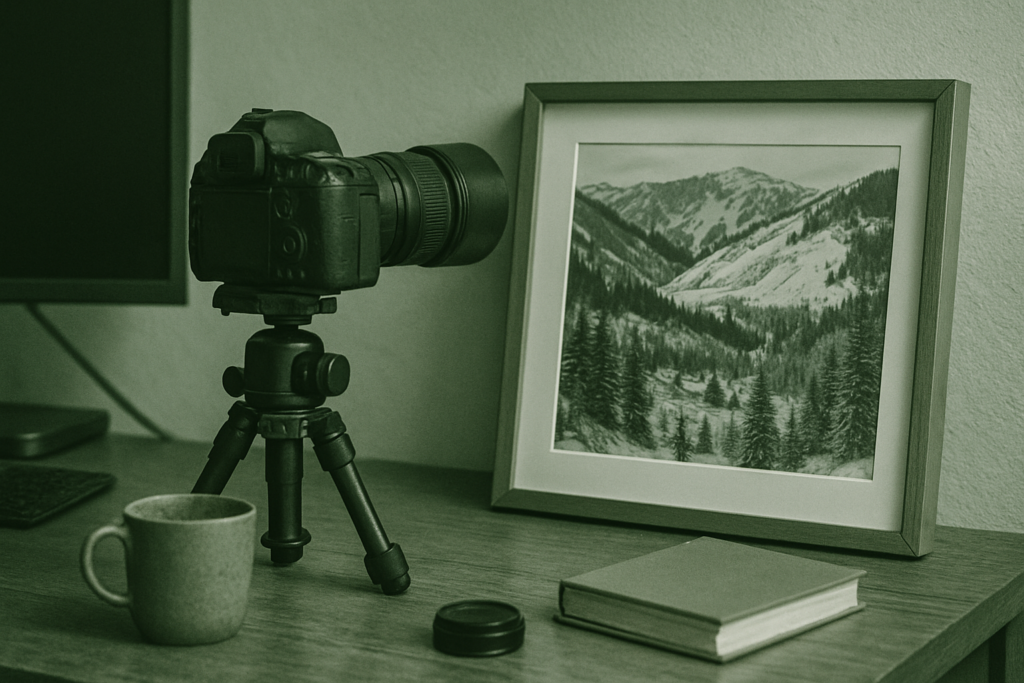Roaring Twenties
The Roaring Twenties, also known as the Jazz Age, was a vibrant period in American history marked by significant social, cultural, and economic transformation. In this section, we will delve into the key events, trends, and influential figures that defined this exhilarating decade.
Economic Prosperity
The 1920s witnessed unprecedented economic prosperity, fueled by factors such as industrial growth, technological advancements, and widespread consumerism. The stock market boomed, and the nation experienced a period of affluence known as the “Roaring Twenties.” However, this economic boom was not destined to last, as the decade culminated in the devastating stock market crash of 1929.
Cultural Shifts
Fashion and Flappers
One of the most iconic images of the Roaring Twenties is that of the flappers—bold, independent young women who defied traditional norms through their fashion and behavior. They embraced short hair, shorter dresses, and a carefree attitude that symbolized the changing societal dynamics of the era.
Art and Literature
The 1920s was a golden age for American literature and art, with the emergence of influential figures such as F. Scott Fitzgerald, Ernest Hemingway, and Langston Hughes. Their works captured the spirit of the times, exploring themes of disillusionment, decadence, and the search for meaning in a rapidly evolving world.
Social Transformation
Prohibition and Organized Crime
Prohibition, enacted in 1920 with the 18th Amendment, banned the manufacture, sale, and transportation of alcohol in the United States. This period led to the rise of organized crime, with notorious figures like Al Capone gaining prominence as bootleggers who defied the law and profited from the illicit alcohol trade.
Women’s Rights and Suffrage
The Roaring Twenties was a period of significant progress for women’s rights, culminating in the ratification of the 19th Amendment in 1920, which granted women the right to vote. This milestone marked a turning point in the fight for gender equality and paved the way for future advancements in women’s rights.
Music and Entertainment
Jazz Age and Harlem Renaissance
The 1920s saw the rise of jazz music, which became synonymous with the spirit of the era. The Harlem Renaissance, a cultural and artistic movement centered in Harlem, New York City, showcased the creative talents of African American musicians, writers, and artists who revolutionized American culture.
Hollywood and Silent Films
The film industry experienced a golden age during the Roaring Twenties, with Hollywood emerging as the epicenter of cinematic innovation. Silent films captivated audiences worldwide, and iconic stars like Charlie Chaplin and Rudolph Valentino became global sensations, shaping the cultural landscape of the decade.
Legacy of the Roaring Twenties
The Roaring Twenties left a lasting impact on American society, setting the stage for the tumultuous events that would follow in the 1930s. The excesses and innovations of the era would shape the course of history and influence the cultural landscape for decades to come. As the decade drew to a close, the looming specter of the stock market crash in 1929 would usher in a new era of challenges and uncertainties for the nation.
The Roaring Twenties captured the essence of an age defined by rapid change, cultural dynamism, and social upheaval. From the economic prosperity and cultural shifts to the social transformations and artistic renaissance, this tumultuous decade set the stage for the modern era in ways that continue to resonate in the fabric of American society. In 1929, the Roaring Twenties came to a dramatic close, but its legacy endures as a testament to the enduring spirit of resilience and innovation that defines the American experience.

 Poppy Matthaei
Is an accomplished author at Winder Sportisa, distinguished by her compelling and well-researched content. With a fervent love for sports and a knack for capturing the essence of each story, Poppy engages readers with her unique perspective and narrative flair. Her dedication to precision and authenticity aligns perfectly with Winder Sportisa's core values of community, integrity, and innovation. Poppy's contributions not only inform but also inspire, reflecting the company's commitment to fostering an inclusive and supportive environment. Her passion and expertise continue to enhance the quality and impact of Winder Sportisa's publications.
Poppy Matthaei
Is an accomplished author at Winder Sportisa, distinguished by her compelling and well-researched content. With a fervent love for sports and a knack for capturing the essence of each story, Poppy engages readers with her unique perspective and narrative flair. Her dedication to precision and authenticity aligns perfectly with Winder Sportisa's core values of community, integrity, and innovation. Poppy's contributions not only inform but also inspire, reflecting the company's commitment to fostering an inclusive and supportive environment. Her passion and expertise continue to enhance the quality and impact of Winder Sportisa's publications.
